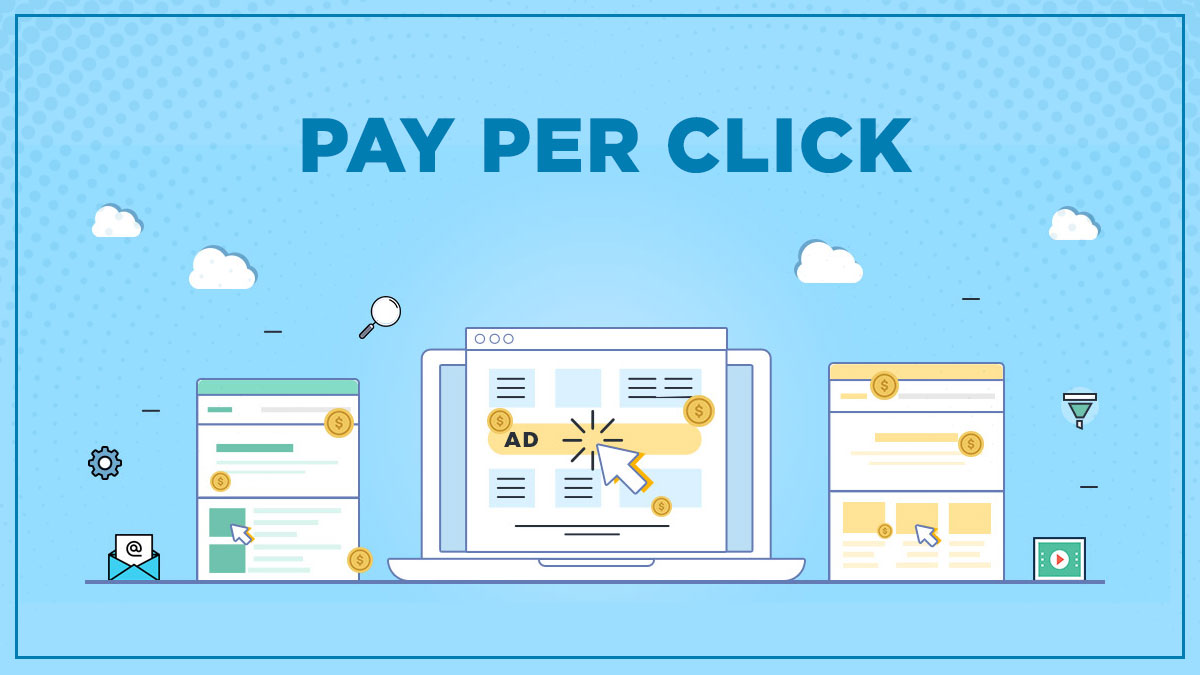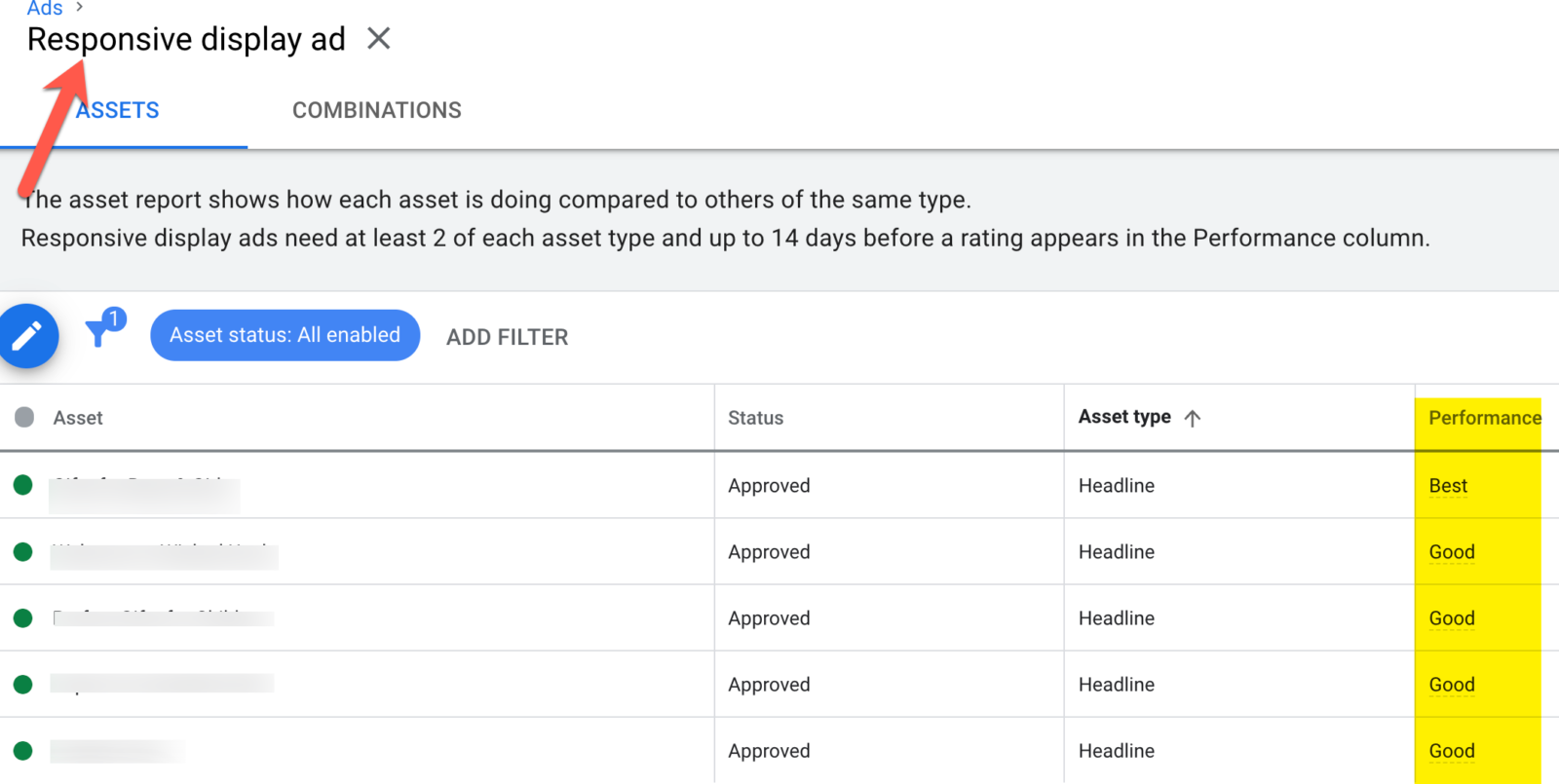Learn about the paid search innovations, new platform features, and evolving privacy issues driving major changes in PPC strategy for 2022.
2022 looks promising for search marketers, particularly on the heels of great technical enhancements, new releases, and feature enhancements we’ve seen in the search marketing world and other paid ad platforms this year.
Whether you are looking for optimizations to refresh your existing strategy or on the hunt for entirely new ways to reach your audience, these trends are fantastic areas to explore as you seek to boost your PPC returns in the year ahead.
1. Conversion Actions
Measuring current goals and core initiatives is a baseline for your PPC strategy. As the tracking in the ad platforms and analytics platforms gets more sophisticated, so do the number and type of actions that advertisers can track.
Typically, advertisers are tracking several conversion actions per account.
For example, common PPC conversion goals include:
- Transactions.
- Online contact forms.
- Request demo or estimate.
- Phone calls: first time/repeat.
- Chat conversions.
- Local actions: directions.
- Offline conversions: matched with an ad click.
- Custom goals.
Are you measuring everything you could be measuring?
What is the value your company associates with each conversion goal?
2. Man Your Automations
While the ad platforms continue to roll out automation options to simplify ad management, it is not as easy as flipping a switch. Human PPC managers need to guide and monitor automation to make the most of it.
For example, campaigns using smart bidding strategies need to be monitored and tweaked from time to time to adjust Target CPA or Target ROAS.
Smart Creatives such as responsive search ads and responsive display ads should be reviewed for performance on individual assets, which we will cover later in this post.
As part of your PPC strategy, determine which components of your account can be automated from bidding to creative to possibly using scripts. Then evaluate and monitor the results.
You may want to compare previous “manual” campaigns on various data points.
3. Keyword Matching Strategies
There have been big changes in the keyword match type technical functioning from the Google Ads and Microsoft Ads this year, and these require a slight change in strategy.
Broad match modifier has been discontinued and the other match types have seen some changes, as well. There are many ad accounts out there with campaigns still using the “old” version of keyword organization that will need a serious keyword strategy reboot.
Some of the changes will simplify the account structure, allowing more flexibility on themes. Grouping keywords by match type or using the same keyword with multiple match types, for example, is probably not an appropriate strategy for most advertisers.
Sketching out how the keywords are matching and any structural changes that may be needed will be a necessary exercise in preparing for what comes next.
4. Ad Copy Review (Again)
That’s right – again! Following your keyword strategy review, it’s a good time to revisit your account’s ad copy.
This seems like a neverending task, but that’s because you must test and regularly update ad copy for the best possible PPC ad performance.
This will be particularly essential in 2022, as the ad formats themselves are undergoing such change that previous formats such as expanded text ads will become obsolete.
Google Ads and Microsoft Ads are rapidly moving towards the responsive search ads (RSAs) format.
This format includes up to 15 headlines and 4 descriptions that are mixed and matched into various combinations for testing. The machine learning component here will serve the asset combo that performs best.
Two or more ad elements can be “pinned,” meaning that you indicate that a specific asset should be served.
This is a good way to ensure your preferred call-to-action (or other critical messaging) is present. Do not overuse pins, as Google tends to rate those ads as less than stellar.
Google will give recommendations on improving headlines or including more keywords.
Microsoft Ads, meanwhile shows a performance label that indicates “low,” “good,” or “best” in regards to how the assets for the responsive ad are performing.
If your PPC program currently includes RSAs, review the ratings of the ad components to replace “poor” or “average” assets with new creative – perhaps similar to the “excellent” components.
Consider adding a larger quantity or similar assets.
5. Responsive Display Ads
Some advertisers have used display ads as a core part of their strategy in the PPC platforms either out of habit or for the desire to control brand messaging.
Responsive display ads can give a better reach while simplifying the creation process and still get the branding messages advertisers want.
Besides simplifying the creative process, responsive display ads open up more inventory opportunities on the display network. This is because they dynamically combine headlines, descriptions, and images to “fit” into any space on the web where your audience is present.
In comparison, static image display ads can only be served in the exact ad space dimensions for which they are created.
Another advantage of responsive display ads is that they give you the ability to use Google Ads performance feedback to optimize the ad assets.
Responsive display ads can be run alongside any image display ads, which gives you an opportunity to test and compare reach and results.
6. Customer Match
Finding the right audience at the right time has been a mantra for many years, long before PPC ad platforms improved targeting on display networks. Your 2022 PPC strategy should include a deep dive back into these audiences.
With the current crack-down on cookies, first-party data is critical to advertisers. Enter this much-underrated targeting strategy: customer match.
Using your own in-house data (that customers have shared with you) enables you to reach them again or target look-a-likes with your ads.
Upload a customer list to the ad platform and it will attempt to match those customers with known users.
The concept of customer match is available on almost all platforms, so your new strategies on how you slice and dice it and target messages can be repeated.
One point to keep in mind is that the match rate on the ad platforms will vary, so keep expectations realistic.
Recent improvements in Google Ads have made this feature more accessible.
In addition, 9 Ways To Improve PPC Campaigns With Customer Information would be a great complement to this targeting strategy.
Final Thought
The PPC strategies here have been inspired by recent ad technologies rolled out in the last year, so please do get back to basics by checking out 10 Paid Search & PPC Planning Best Practices.
___
by Lisa Raehsler
source: SEJ



